For your construction projects, there are many forms of excavation. Engineers, contractors and project managers must decide the right type to save time, reduce costs and keep building safe sites.
You can choose excavation techniques according to soil, site conditions & the project’s requirements. We have written all the common types of excavation, their features and working process in this article.
What is Excavation in Construction?
Excavation is the process of digging into the ground to create space for construction and other purposes. You will generally see it in construction projects where soil, rocks or earth are removed.
Moreover, you may need excavation to prepare a base, install pipes, and build roads. You can also use excavation to remove weak soil and replace it with stronger layers. In this way, it reduces risks such as uneven ground, accidents, and weak soil.
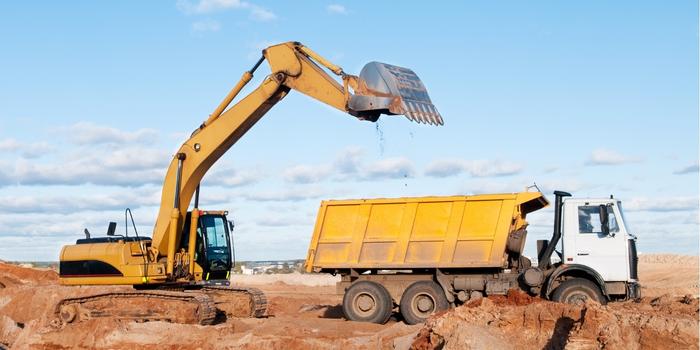
Mechanical Excavation
Mechanical excavation uses heavy machines (excavators & bulldozers) to dig and move soil. This method is common in large construction projects. With this method, you can save time and effort as compared to manual digging.
Vacuum Excavation
Vacuum excavation uses high-pressure air and water suction to safely remove soil. You then suck it up with a powerful vacuum. This technique is ideal when you work near pipes/cables. You can use PD blower systems for your heavy work and fan systems for lighter jobs.
20 Different Types of Excavation
Excavation is not the same for every construction project. You can use different types of excavation methods based on soil, purpose and your workplace requirement.
-
Footing Excavation
Footing excavation is used to prepare space for a building’s basements. You can dig the soil where footings will be placed. To set footings, you must dig holes in the ground through excavation. Without footing excavation, your structure might not stand stable.
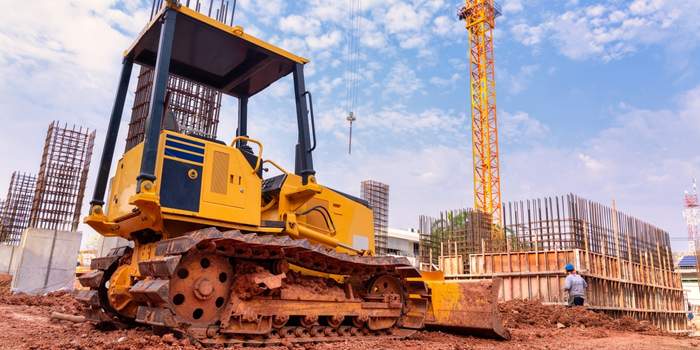
-
Cut and Fill Excavation
Cut and fill excavation means you will cut soil from a high area and then use it to fill a low zone. It is the most commonly used method in road constructions and rail projects. You can easily level the surface. Plus, it is also an affordable process because you can resume soil for filling.
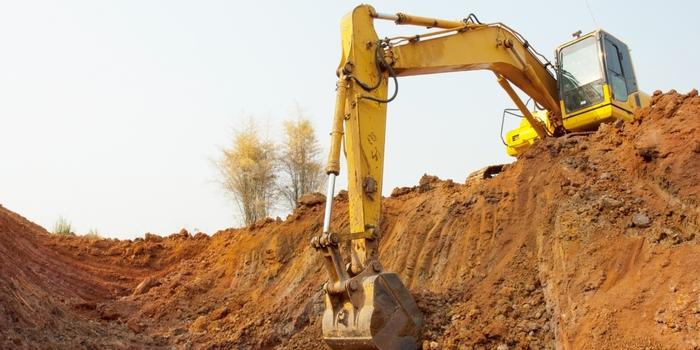
-
Trench Excavation
When you dig long and narrow holes in the ground with the help of machines, it’s called trench excavation. This technique is best for pipes, drains and wires installation. Basically, the trench is deeper than it is wide. Additionally, you can easily place water, gas and power lines underground.
Shallow Trench: Less than 19 feet deep.
Deep Trench: 19+ feet deeper.
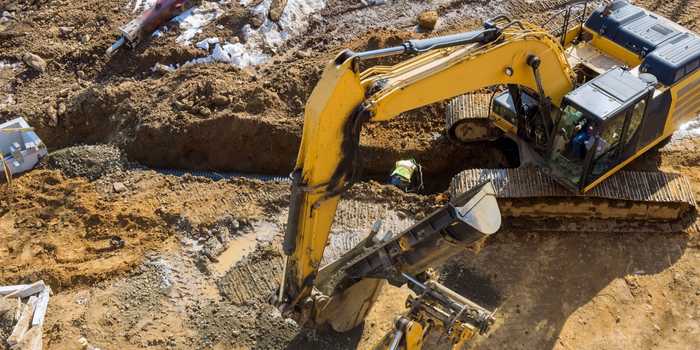
-
Dredge Excavation
Dredge excavation is digging under water such as in rivers, lakes & boat zones. It is used to remove mud, sand and rocks. You can clear areas for buildings or bridges/ports. For dredge excavation, you need a special dredge machine.
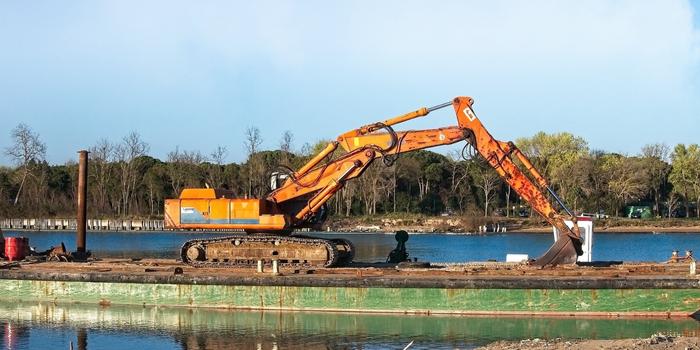
-
Muck Excavation
Muck excavation is the process of removing water and soil in wet and drained areas. You can clear muck to make the ground safe and strong. Sometimes you can dry wet dirt and reuse it. Other times, you can also move it away from your construction location.
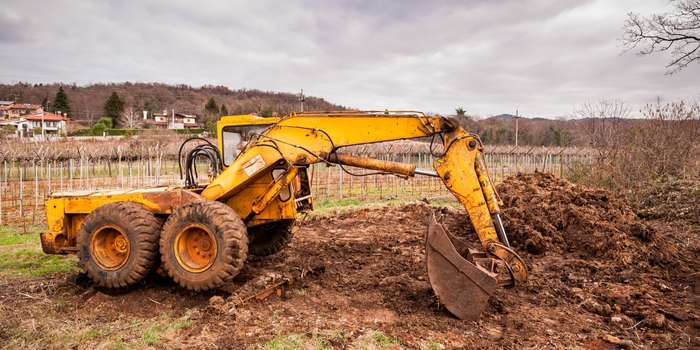
-
Basement Excavation
Basement excavation means removing soil below ground level to make space. It’s generally used to build a basement room. But, you can also use it for parking, storage or living space. You must be careful so your building can stay safe & stable.
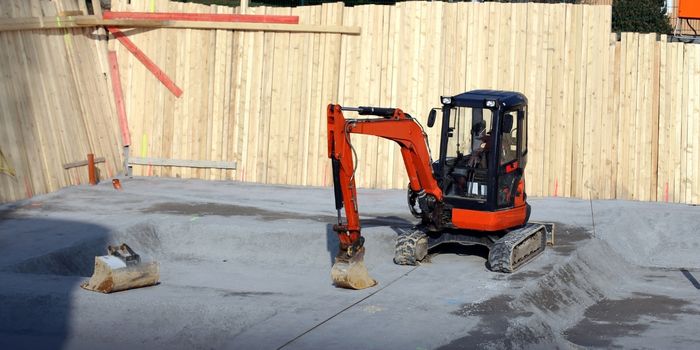
-
Borrow Excavation
Borrow excavation is when you shift soil from one location and then use it somewhere else. This is a popular method to fill low areas, landscape projects and construct roads. It makes your construction grounds even and risk free.
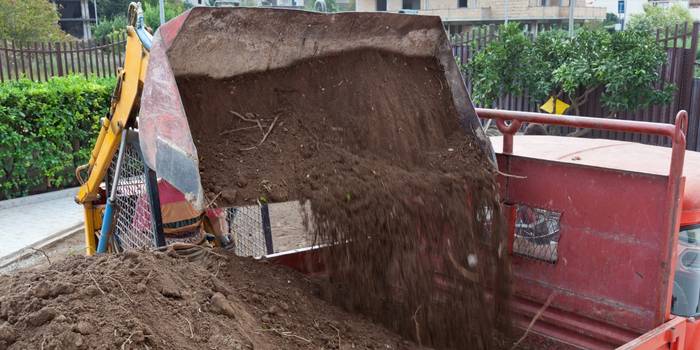
-
Slope Excavation
As the name shows, slope excavation gives shape to ground at an angle based on soil condition. With its help, you can cut and move soil to make hills, roads and slopes safe. This also blocks soil from sliding & falling.
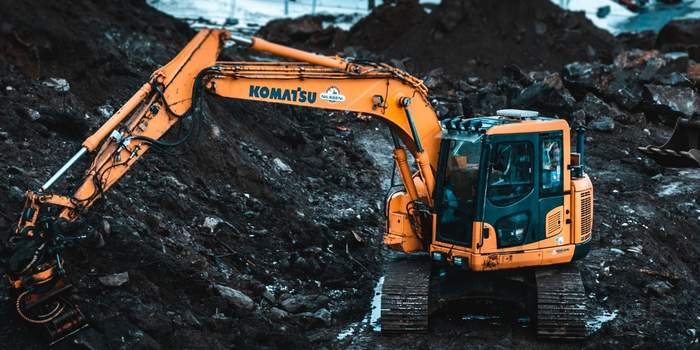
-
Pit Excavation
To store water, build tanks and make foundations, pit excavation is used to dig a large hole in the ground. The hole can be round & square, it depends on your project type. It is common in mining, construction and landscaping tasks.

-
Channel Excavation
Channel excavation is used to make a long and narrow path in the ground so water can flow. You have to remove soil and rocks to create a water path. Mainly, it prevents floods, controls water movement and guides rivers.
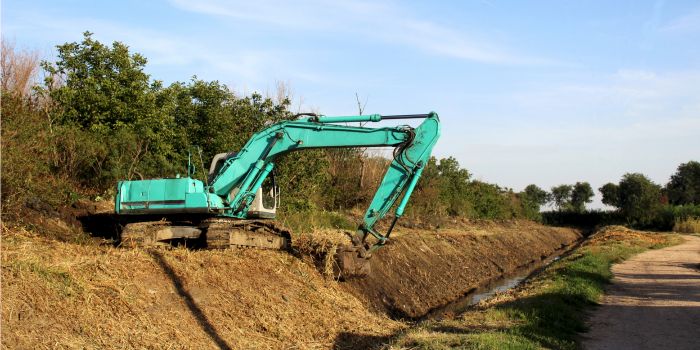
-
Trenchless Excavation
Trenchless excavation is a way to work underground. It is done without digging long open holes in the surface. With this method, you can install pipes, cables or tunnels safely. For this purpose, you must have special machines to push and pull the pipes under the ground.
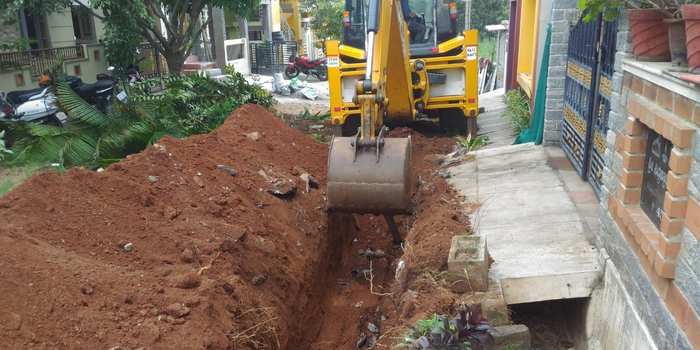
-
Underwater Excavation
If we talk about underwater excavation, it is used to prepare space in rivers, lakes for construction. Civil engineers use special machines to operate underwater. In such a way, you can build bridges, docks or tunnels without any danger.
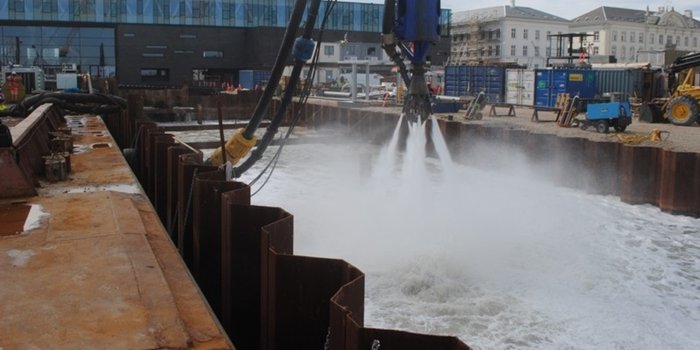
-
Retaining Wall Excavation
Retaining wall excavation is a technique to dig the ground and make space for a wall that holds back soil. It stops soil from falling and falling. You will see this type of excavation on hills, slopes and garden zones.
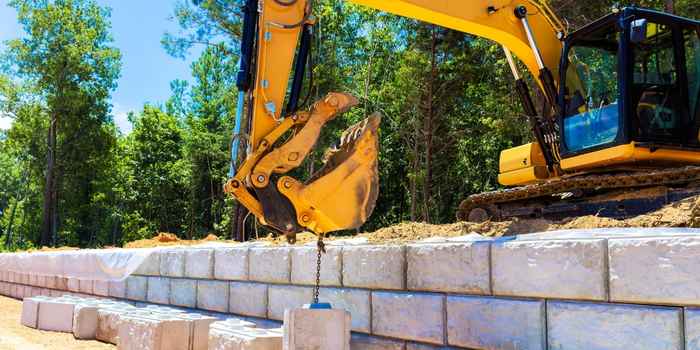
-
Paving Excavation
To prepare the ground for new roads, sidewalks and parking areas, paving excavation is best. You can take out old soil, asphalt and concrete through this process. It helps you to build a route surface which is safe for your vehicles and for pedestrians.
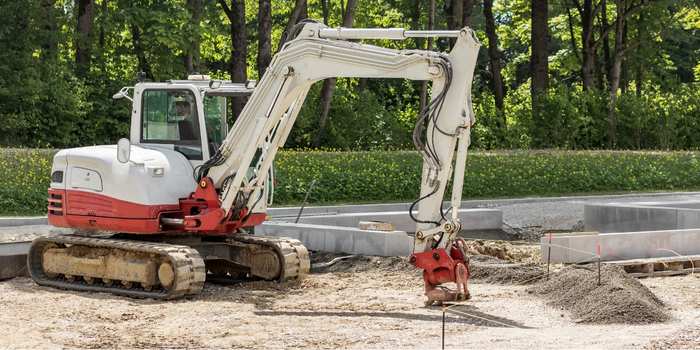
-
Foundation Excavation
It is another way to make space for your building’s ground base. You have to be careful and make sure that foundation can hold the structure safely. Usually, it can be done before starting walls or floors construction.
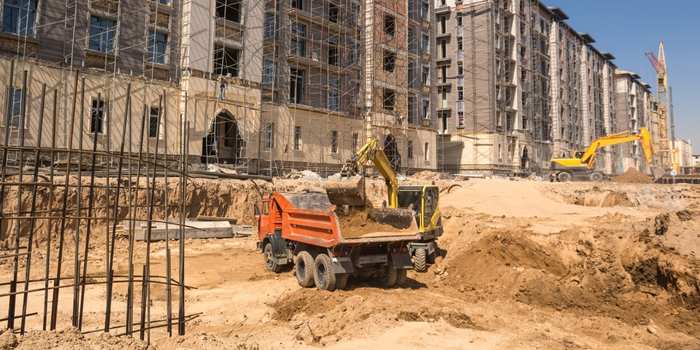
-
Sand & Gravel Excavation
Sand & gravel excavation is used to take sand, minerals or small stones from the ground. Then you use these materials to make concrete, roads & other construction work. This method required care so the site still can stay safe and stable.
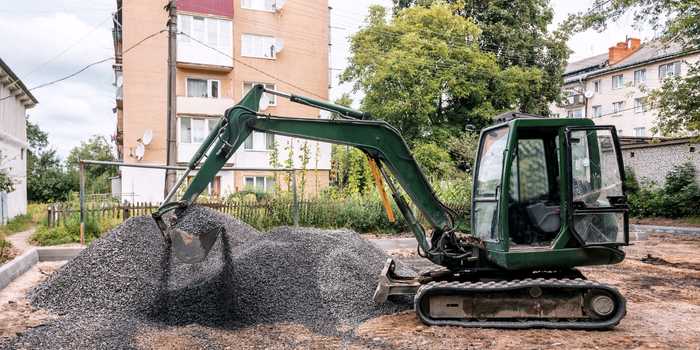
-
Bridge Excavation
In order to prepare ground for a bridge, this technique is used. In this way, you can check if the area is secure and safe for the bridge. The machines and tolls you will need for this process depend on the soil of the bridge.
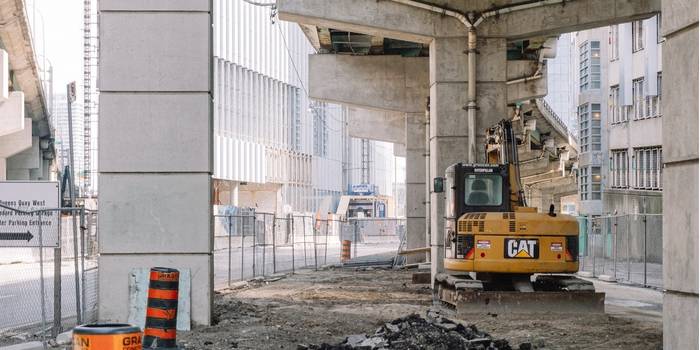
-
Roadway Excavation
It involves removing soil, rocks and old pavement to prepare a way for roads. You can create an even & strong surface, so your vehicles can move safely. This kind of excavation minimizes the chance of accidents, cracks and bumps.
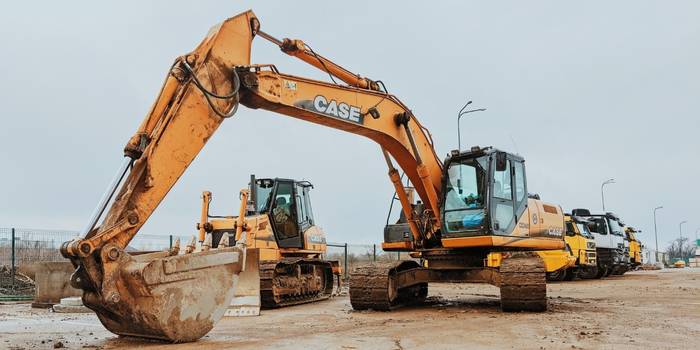
-
Open Excavation
When you excavate a large area of soil without cover it is known as open excavation. During this excavation, you will find enough open space for workers and machines to move. It is best to prepare the earth surface for any type of construction work.
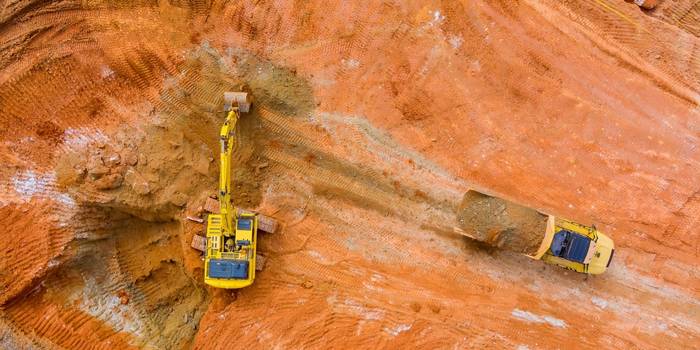
-
Caisson Excavation
Caisson excavation is the process of digging deep holes in the ground and under water. The basic purpose is to build strong bases for bridges, towers & large buildings. You also need to use equipment to keep the hole stable. It also promotes the durability of structures.

Material Based 3 Types of Excavation
-
Topsoil Excavation
Topsoil excavation is the way to take out the soft and upper layer of soil. Generally, it is used to prepare the solid ground for your building and planting tasks. However, this layer is rich in nutrients, so sometimes it is saved for gardens and landscaping. Workers should dig carefully to keep the area safe. This process had the following stages.
- Mark the Area
- Clear Surface Debris
- Excavate Topsoil
- Level the Ground
- Store/Reuse Topsoil
- Prepare for Next Work
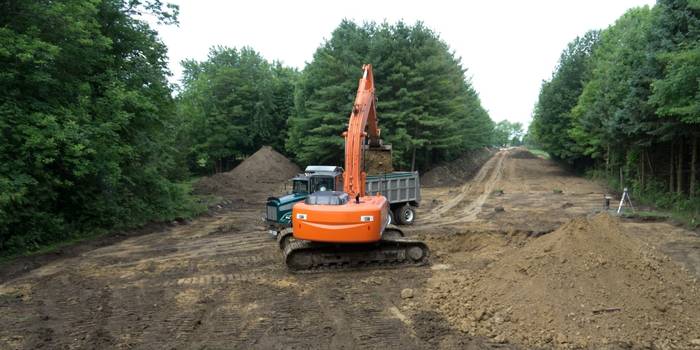
-
Rock Excavation
To remove and break solid stones from the ground, you can use rock excavation. It is mostly common in building foundations, roads and tunnels. You need machines such as drills, breakers, rockwheel and explosives to handle hard rocks.
This type of excavation is helpful for you to set a strong base for your construction projects. As compared to digging soil, rock excavation is slow and hard. But still it’s important for your tasks where solid ground is present.
- Analyze the Site
- Clear the Surface
- Rocks Breaking
- Broken Rocks Removel
- Level the Ground
- Prepare for Construction
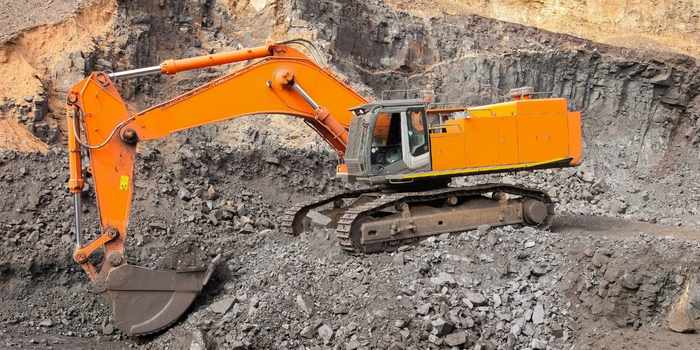
-
Earth Excavation
For the purpose of general soil and earth surface removal, earth excavation is used. It is one of the most common types of excavation. You can prepare grounds for your buildings, roads and other kinds of construction.
Because soil is soft, that’s why it is easier than rock excavation. You can use machines like excavators and shovels based on the size of your project.
- Site and Soil Assessment
- Remove Debris
- Excavate the Soil
- Make the Ground Even
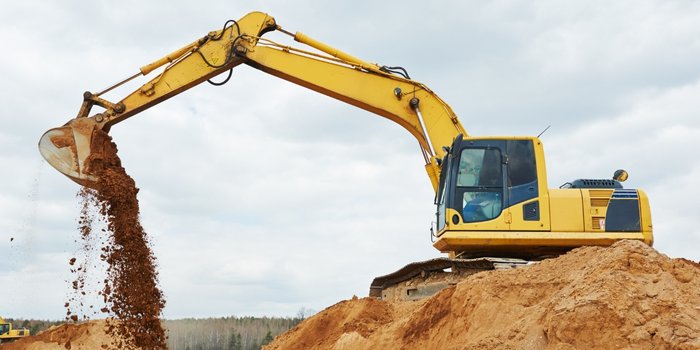
What is Hydrovac Excavation or Liquid Excavation
Hydrovac excavation is a safe way to drill holes with high-pressure water and a vacuum. You can spray water on soil to make it soft. Then, this soil can be sucked up with a vacuum truck.
This method is perfect when you work near pipes, cables and other underground services. Additionally, it promotes workplace safety and reduces the chance of damage. Hydrovac excavation is a fast, clean and precise process for your civil projects.
Excavation Techniques
Top Down Excavation (Vertical Excavation)
Top down or vertical excavation is a method which starts building the upper structure first. After that, you can dig downward in layers below the surface. It is best to create deep basements and underground parking, if the spaces are tight.
This approach also keeps your site safe and lets work continue above ground. It also reduces dangers such as soil collapse. Also, it makes construction faster in busy areas.
Horizontal Excavation (Area Excavation)
In this excavation approach, you have to dig straight across the ground instead of vertical holes. It is the best choice when you need long and shallow paths for construction tasks.
Also, you can use it to install pipes, cables as well as tunnels in open areas. It allows your workers to place utilities efficiently along with working area safety.
Types of Excavation Equipment
Below are major types of excavation machines which you can use for different types of excavations methods.
- Excavators
- Backhoe Loaders
- Bulldozers
- Skid Steer Loaders
- Draglines
- Trenchers
- Scrapers
- Wheel Loaders
- Hydraulic Shovels
- Dump Trucks
- Graders
- Crawler Loaders
- Pile Drivers
- Compactors
- Rock Breakers
- Hydraulic Hammers
- Concrete Pumps
- Crane-mounted Excavators
Excavation Hazards and Control Measures
Following are some common potential dangers on site that you may face during excavation.
- Confined Spaces: When deep holes and narrow pits are dug, excavation can result in tight areas with limited space for movement. To overcome this risk, you should consider proper ventilation, plan for emergencies and check before digging.
- Temperature Extremes: You may face severe temperatures when it is very hot or very cold at your excavation place. Hence, you should wear safety equipment and take water/rest breaks.
- Falls: A fall happens when your worker slips, trips and drops into an excavation or from a height. Always use safety nets and ladders to prevent injuries.
- Inhalation Danger: At excavation sites, when you breathe in dust, fumes or harmful gases, it’s dangerous for health. To stay safe, you should use proper masks or respirators.
- Vibration/Noise Hazards: Heavy machines & tools make loud sounds or strong vibrations that can hurt workers. You must wear ear protection and regularly maintain equipment.
- Water Ingress and Flooding: When water enters into the excavation area, it can make the worksite unsafe and cause collapses. You can use proper drainage & pumps to remove water quickly.
- Electrical Cables: Underground electrical wires cause electrical shocks if digging equipment hits a live wire. For electrical safety, you should use safety vests and mark the cable area to avoid.
- Mobile Equipment Accidents: Your workers may be hit by or trapped under moving machines at the excavation zone. That’s why it’s important to keep a clear work area and make sure operators are well trained.
- Cave-Ins & Collapses: It is the most major danger which occurs when the walls of a dig suddenly fall. This can trap and hurt your workers. Always remember to support the sides with braces, slopes and protective shields.
Final Thoughts
Now, you are well informed about all excavation methods and their purpose. You can make your project successful if you pick the right excavation approach and follow safety precautions.
For further inquiries, you can contact Jackwin professionals now. We will guide you and provide you all kinds of road construction products (materials, equipment and safety signs).


-80x69.png)

